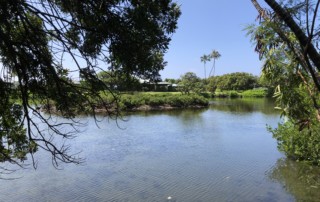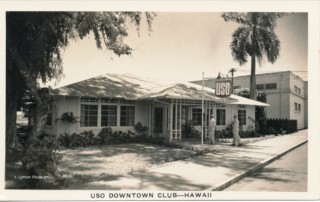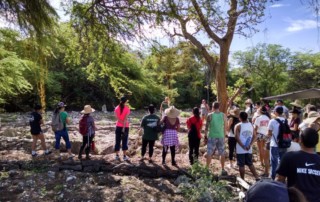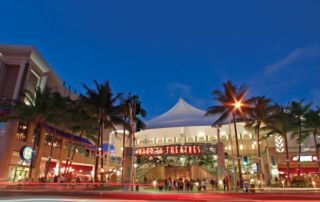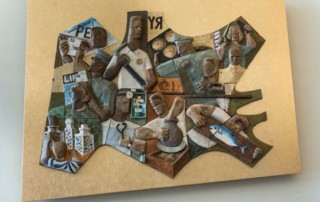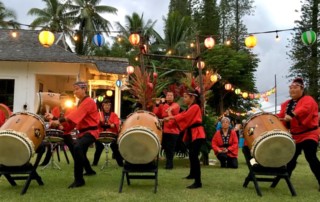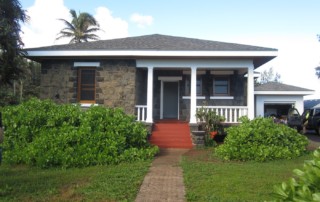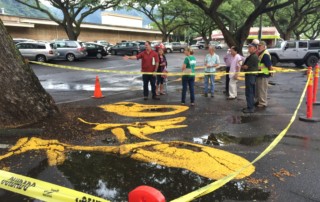Communities Saving Places: How People, Patience & Yardwork helped save Kanewai Spring
Spring Awakening Kanewai Spring, one of the last freshwater springs in Honolulu, is saved, thanks to relationship building, community outreach and organizing and a lot of yardwork. Eight years, eight long years. That’s how long it took for the Maunalua Fishpond Heritage Center to acquire Kanewai Spring, a lava tube-fed, freshwater spring on the grounds of a broken-down estate along East Honolulu’s busy Kalanianaole Highway. It was eight years of relationship building, negotiating, community outreach and organizing, politicking, lawyering, grant writing and fundraising, but, truth be told, most of the nonprofit’s conservation effort was spent doing yardwork. Chris Cramer tells the story of the rebirth of Kanewai Spring. In 2010, the property, which hadn’t been occupied for decades, was mired in litigation and tangled by a small forest of haole koa trees when Chris Cramer, President of the Maunalua Fishpond Heritage Center, called the landowners with a proposal. “I shared with them that they had an ancient spring underneath all the invasive vegetation on their property, and we proposed to properly bring it back to health,” says Cramer. “As we got to know the owners, we learned that they wanted to sell the property one day, so I said: ‘Whenever that day comes, we’d like to buy it.’” When the landowners agreed to the first part of the organization’s proposal, Cramer, a former schoolteacher, and fellow Heritage Center volunteers discovered nearly an acre of dense brush almost two stories high. However, they eventually uncovered a 1,000 square-foot, stagnant spring that had once been the home’s water feature and before that an important source of fresh water for Kanewai Fishpond, once a thriving estuary, which in turn flowed into nearby Paiko Lagoon and then [...]


